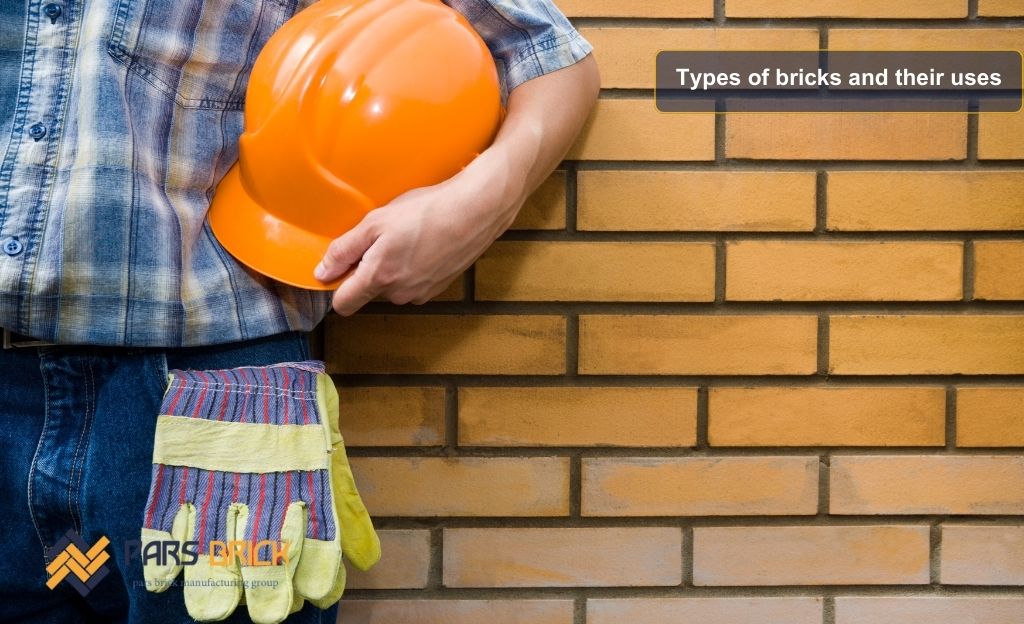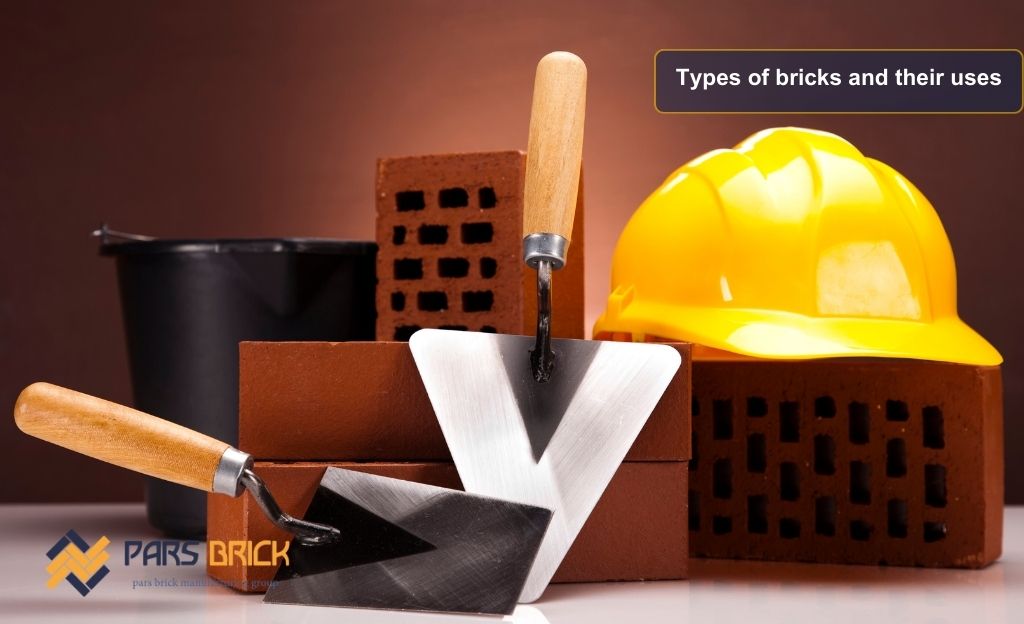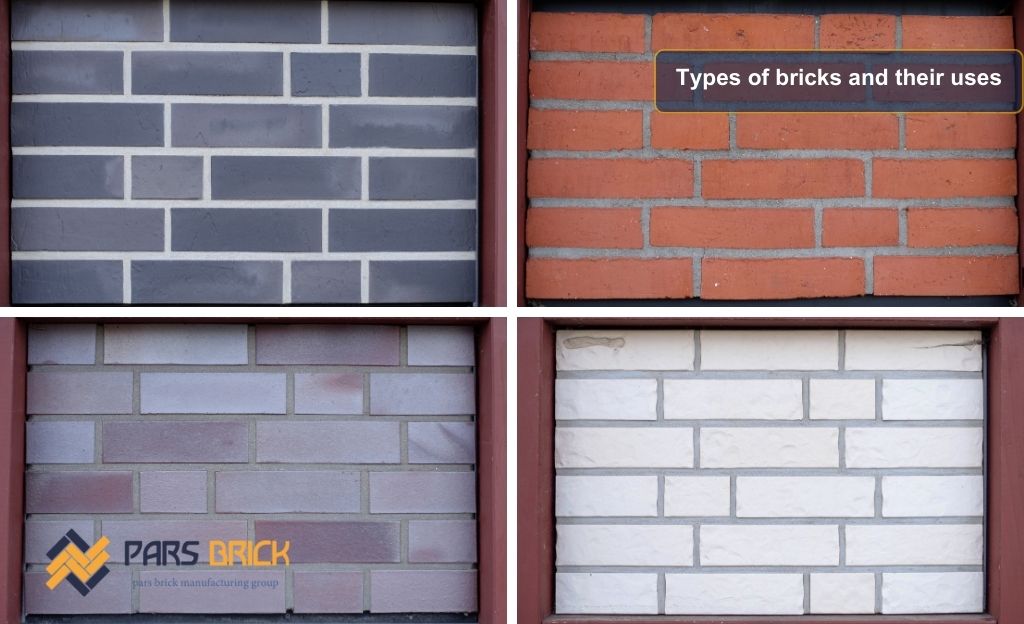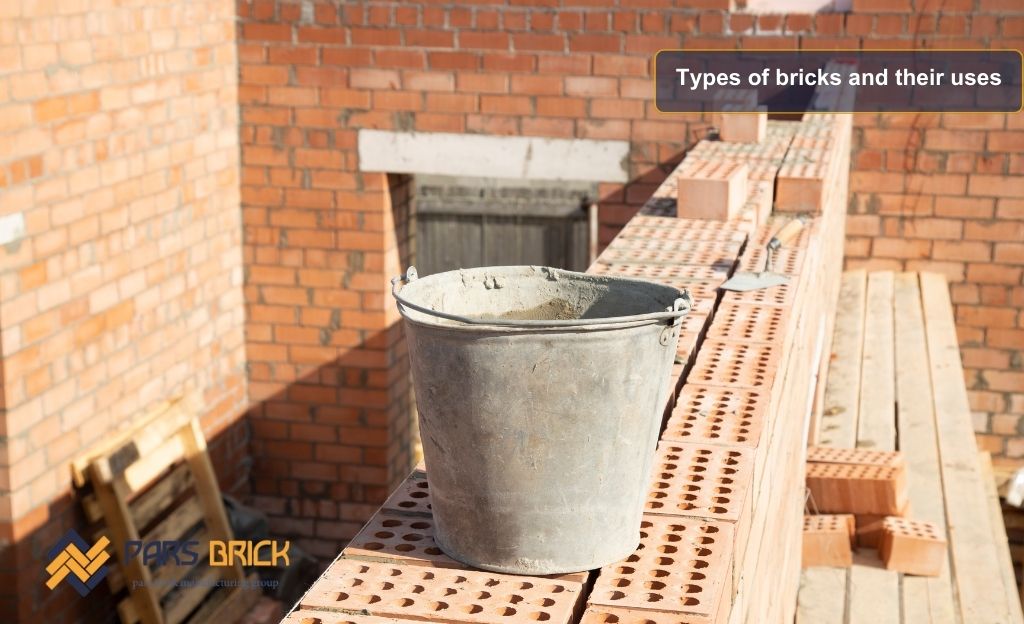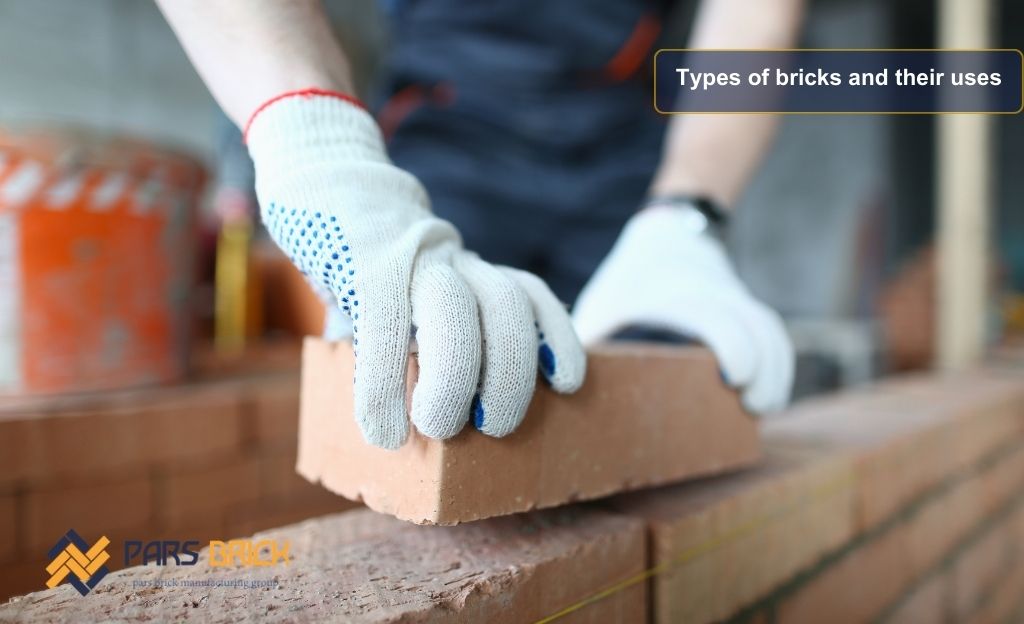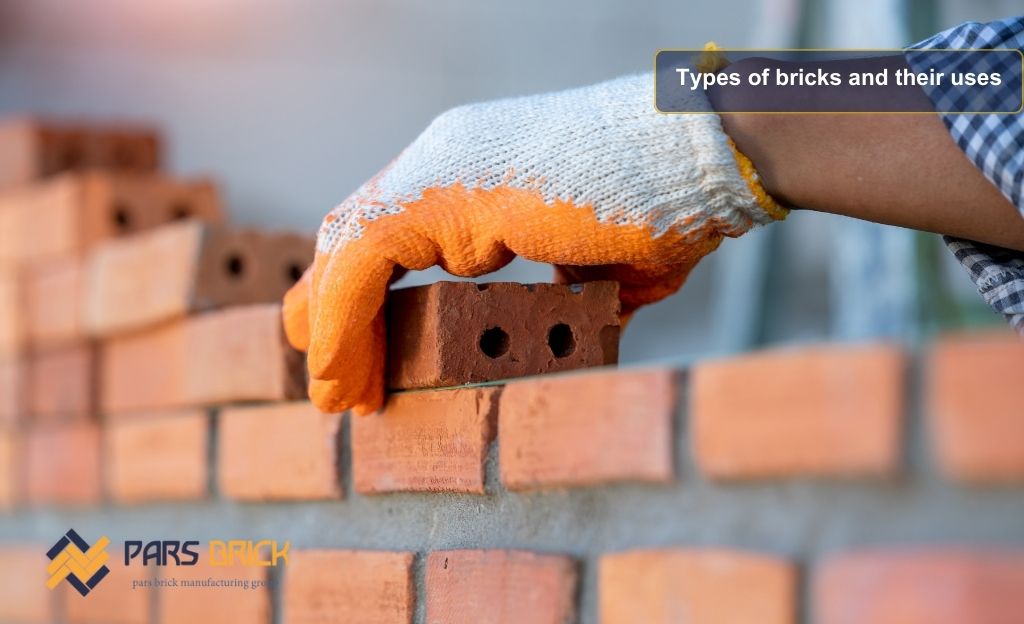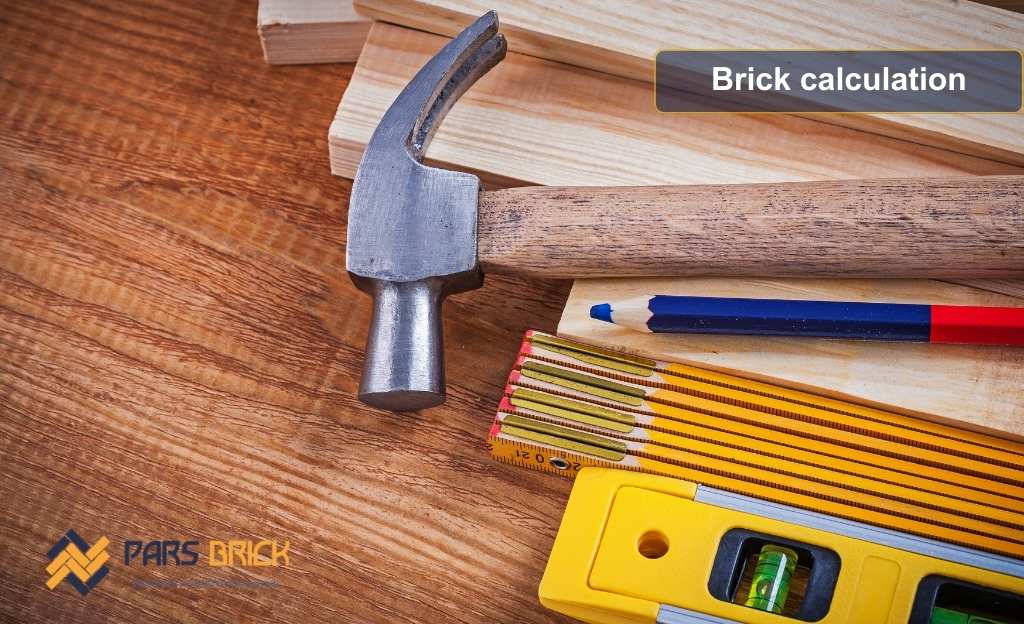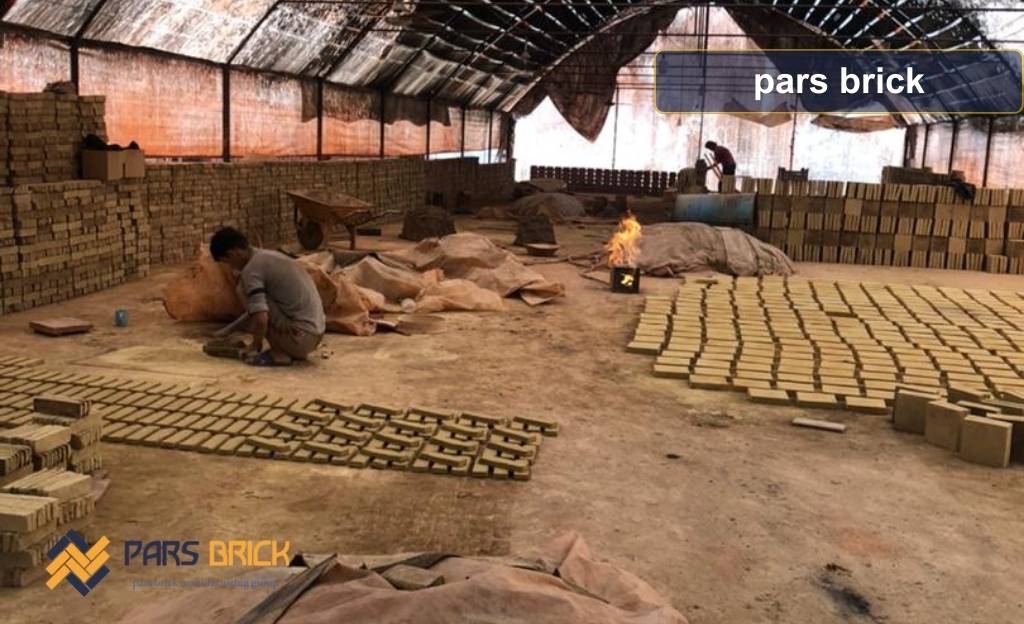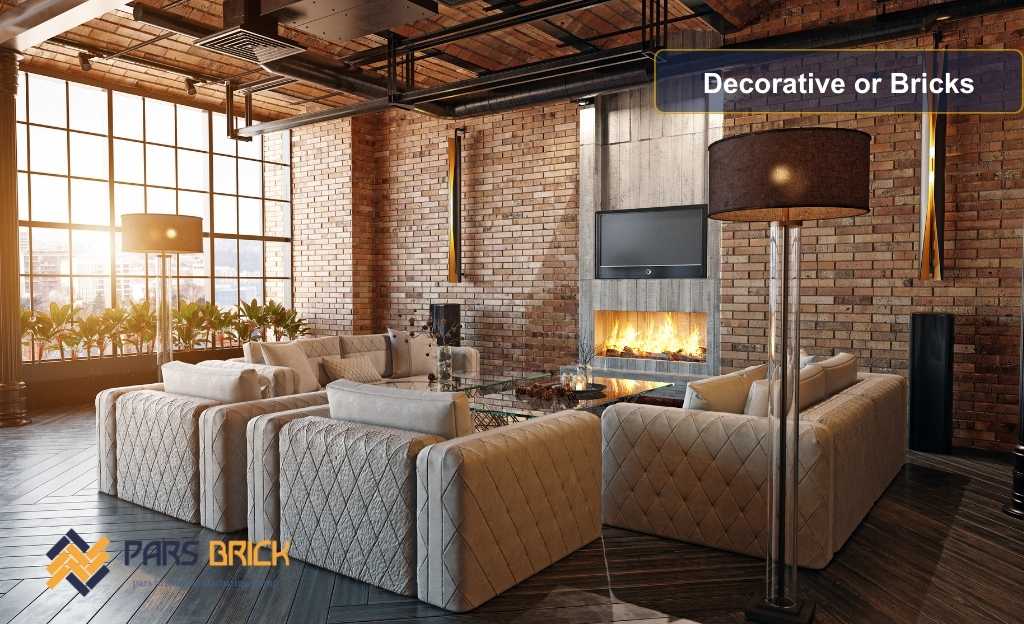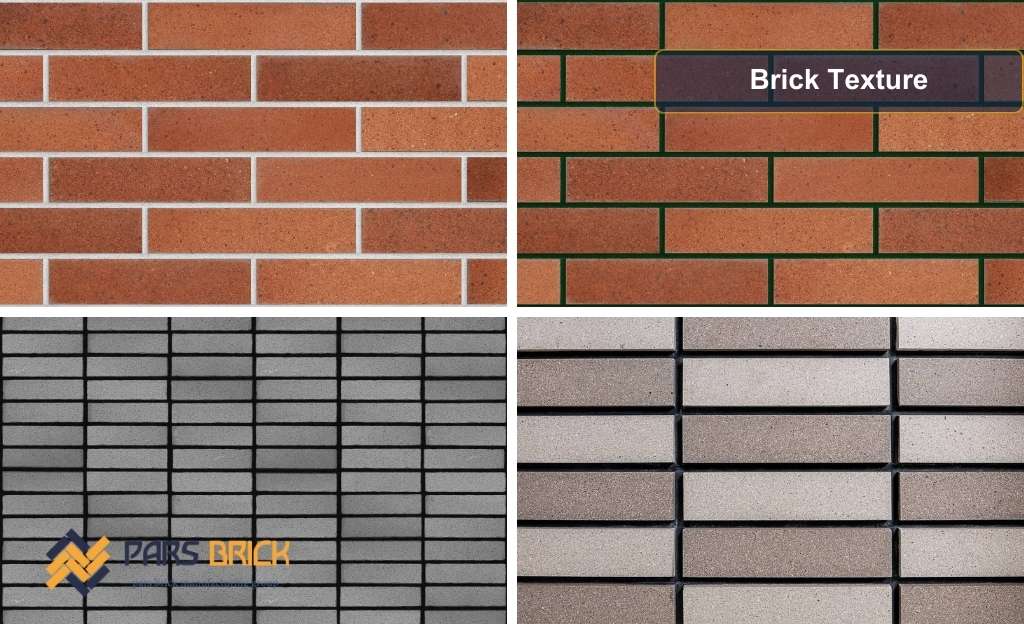Types of Brick and Their Uses
The various types of brick and their applications serve as a versatile and aesthetically pleasing tool in the hands of architects, enabling the creation of beautiful and enduring works in every architectural style. Brick, as a material that has been used since ancient times, evokes a sense of nostalgia in the viewer.The physical and chemical properties of brick, combined with its ease of production and harmony with the natural environment of this land, have made it a widely used material in Iranian architecture. It brings a sense of authenticity and vitality to modern buildings, connecting them to their cultural and historical roots.
For more information, feel free to check out our Brick facade
Benefits of Brick
- Easy production due to the availability of raw materials
- Affordable price
- Does not require specialized tools for installation
- Natural colors that do not fade under sunlight
- Harmony with traditional Iranian architectural aesthetics
- Fire-resistant and impact-resistant
The composition of bricks varies depending on factors such as the type of kiln, the mix of clay used in the raw brick, the intensity of the kiln’s heat, and the proximity of the bricks to the heat source. As a result, their applications differ based on their type.
For more information, feel free to check out our refractory bricks (fire brick)
Fired Brick (Ajur-e-Josh)
This type of brick is exposed to higher levels of heat compared to others and is placed closer to the fire in the kiln. As a result, it loses its ability to absorb water, making it ideal for use in foundations or stairs where there is frequent foot traffic.There is also a variant called “double-fired brick” (Do-Josh), which is even harder than regular fired brick. Fired bricks are especially suitable for areas exposed to water. A lime-sand plaster is often applied over these bricks to enhance their durability in such conditions.
Fired Brick
This type of brick, also known as “Ab-Anbar” brick, was fully fired and had a light beige or “milk and sugar” color. It was used for all types of brickwork. In the past, it was commonly used to construct water reservoirs (Ab-Anbars), showcasing its durability and functionality.
Partially Fired Brick
This type of brick is fired at a lower temperature in the kiln, resulting in a red color. Its strength is closer to that of raw clay bricks. Partially fired bricks were commonly used in inexpensive water-related structures, such as water reservoirs (Ab-Anbars), where they needed to be reinforced with lime-based or Sarooj mortar.What is known today as brick is essentially a product of the transformation of clay. The process of firing clay bricks and hardening them dates back to before the 6th millennium BCE. The oldest handmade clay brick discovered belongs to the site of Ganj Dareh.The practice of molding clay and firing bricks was first developed by the Babylonians. In fact, the word “brick” originates from the Babylonian language and referred to the clay tablets upon which laws and decrees were inscribed. The oldest brick tablet dates back to the era of Sargon (around 2400 BCE).Brick is one of the oldest building materials, with some archaeologists estimating its history to go back as far as 10,000 years.
For more information, feel free to check out our Refractory brick facade L
Brick Veneer and Architecture
Evidence of brick production and usage has been discovered in India, indicating a 6,000-year history of brick in that region.The art of using brick spread westward from Western Asia to Egypt and then to Rome, and eastward to India and China. In the 4th century, Europeans began using bricks, but its use declined for a period. Brick regained popularity in the 12th century, thanks to the Italians. Historical records show that the inhabitants of Khuzestan or Mesopotamia were likely the first people to discover brick. They probably observed their first experiences with brickmaking in the hearths of their fire pits, noticing how clay hardened under fire.The lack of stone and wood materials in these regions led the people to rely on clay as the most essential construction material. Until the arrival of the Medes and the Persians, roughly 1,000 years before Christ, the history of the Iranian plateau was almost entirely dominated by the history of Elam.The most significant and notable remnants from the Elamite period in Iran include the archaeological site of Susa, the ruins of Haft Tappeh, the ancient city of Chogha Zanbil, and the Elamite relief carvings. In Iran, the remains of pottery kilns and brick kilns have been discovered in Susa and the Sialk archaeological site in Kashan, dating back to the 4th millennium BCE.
For more information, feel free to check out our Red refractory brick
Brickworking Techniques
Bricks from pre-Elamite structures have mostly been discovered at the Acropolis Mound (Tappeh Acropolis).At the highest point of this mound, in the early 20th century, French archaeologists used ancient bricks and materials to construct a fortified residence for their team, known as the “French Castle.”The main structure of the Ziggurat of Chogha Zanbil, built with raw mud bricks and faced with fired bricks, originally consisted of five stories. Over time, much of it collapsed, and excavations have revealed only three remaining levels, which have since been restored and reconstructed. In the Chogha Zanbil temple, bricks were also used as inscriptions mounted on the walls. The materials for this structure include raw mud bricks and ordinary fired bricks, with the fired bricks used for the exterior façade and the mud bricks for the interior.In the 7th century BCE, the Medes established the first kingdom in this land after the Elamites. Median architecture can be divided into two categories:
- Rock Architecture
- Conventional Architecture
Conventional Architecture
This type of architecture can be found in locations such as the Nushijan Tepe in Malayer, Tepe Hegmataneh, Babakhan, Godin Tepe, and others. In general, the art of brickmaking in Iran evolved significantly during the pre-Achaemenid era. By the Achaemenid period, in addition to mud bricks, various types of bricks, including glazed bricks, were used in construction. The design and molding of these bricks reflect the exceptional skill and craftsmanship of the architects and builders of that time.The bricks used in the construction of Pasargadae, Persepolis, and Susa are remarkable not only for their variety but also for their precision in material composition and their durability against natural disasters. These bricks have remained intact for centuries. During the Achaemenid era, the production of glazed, embossed, and decorative bricks became widespread and was primarily used to adorn palaces.Many glazed tiles have been unearthed from Susa and Persepolis. The use of brick in ancient Iran, particularly during the Sassanian period and pre-Islamic times, was highly prevalent. Notable examples of brickwork from this era include monumental structures such as the Taq Kasra (Arch of Ctesiphon) and the Pol-e Dokhtar bridges.During the Sassanian period, a combination of stone and brick was often used for the structural framework of buildings, and in some cases, for decorative façades as well.
For more information, feel free to check out our fireclay brick
Using Brick as the Primary Building Material
The inhabitants of the Iranian Plateau traditionally used clay, stone, and wood as the main materials in their constructions. However, in most areas of this region, clay became the dominant material. Iranians have long had a unique connection to water and earth. The Iranian Plateau, being a hot, arid region with strong winds, led Iranian artisans to predominantly use brick for constructing buildings.
Primary Reasons for Using Brick in the Iranian Plateau
- Limited Availability of Wood: In some parts of the region, wood was scarce.
- Lack of Stone: Stone was not readily available, and its use was challenging in hot climates due to its high thermal conductivity.
- Ease of Use: Brick was easy to handle, highly versatile, and could be used in all parts of a building. It was particularly useful for constructing large and tall structures.
- Abundant Raw Materials: The raw materials for brickmaking were plentiful, and the process of producing bricks was simple and cost-effective.
The widespread use of brick highlights two critical technical advantages, especially in consideration of the region’s climate:
- Thermal Expansion and Contraction: The coefficient of expansion and contraction in brick prevents cracks from forming in buildings during temperature changes.
- Thermal Energy Storage: Compared to other materials, brick has a high capacity to store thermal energy. This reduces the transfer of external temperature fluctuations into the building, creating a more stable and comfortable indoor environment without the need for additional heating or cooling systems.
Decorative and Functional Use of Brick
Brick also serves as a decorative element, either blending harmoniously with other architectural components or standing out as an independent ornamental feature. In purely decorative applications, brick becomes an additional load attached to the main structure, such as in hanging muqarnas (stalactite-like ornaments).In other cases, brick combines both structural and decorative functions, transferring tensile and compressive forces while maintaining its aesthetic appeal. This includes applications in domes, various types of coverings, walls, columns, and arcades. In domes specifically, the transfer of forces is facilitated by squinches, which distribute the loads effectively.
For more information, feel free to check out our White refractory brick facade
The Dome
The Nizam al-Mulk Dome and the Taj al-Mulk Dome of the Jameh Mosque of Isfahan are masterpieces of Islamic architecture, where brick is used with astonishing mastery, fully embodying the role of a decorative element.The forty-column prayer hall (Shabestan) of this mosque is a collection of over 50 types of vaulted domes, where brick demonstrates its richness as both a structural component and an ornamental element simultaneously.
Squinch
The squinch is an architectural element that was used before Islam to facilitate the construction of domes. However, through its evolution in Islamic architecture, it gained a decorative aspect. A prominent example of this can be observed in the square hall of the Jameh Mosque of Ardestan (Seljuk period) and the Jameh Mosque of Qazvin (early 6th century AH), which are adorned with brick lozenges.In the history of Islamic architectural art, niches and arcades are regarded as decorative features. It can be understood that the squinch, as an architectural element, has always retained its decorative purpose, as it initially evoked the impression of a type of niche. From the early 9th century onward, squinches became further adorned with additional decorations, such as tiles and plasterwork.
For more information, feel free to check out our antique firebricks
Muqarnas
Muqarnas is one of the decorative elements in architecture. The muqarnas found in Iran can be categorized into three groups:
- Protruding Muqarnas: These are primarily made from the main materials of the structure (such as brick) and are highly durable.
- Layered Muqarnas: These are constructed using the primary materials of the building, combined with other elements such as stone and plaster.
- Hanging Muqarnas: These are formed by attaching various materials, such as plaster, ceramics, and tiles, to create intricate designs.

